The Isle of Skye is a wild, windswept island at the edge of Europe. It is everything you expect Scotland to be. Green, raw, ever-changing weather patterns and more sheep than humans. Right across this mystical island you can find a series of trails that form a long-distance hiking route called the Skye Trail. The trail runs along the spectacular geological landmarks such as the Old Man of Storr and the jagged Cuillin Mountains. Meanwhile you can stay in some of the prettiest villages in the country to enjoy a plate of haggis and whisky.
We created an exciting 9-day trip that combines the wild, adventurous Skye Trail with spending the night in comfortable, typically Scottish B&Bs. If you would like to go basic, you can opt for our basic version, spending the night in hostels and bunkhouses. The route doesn’t always pass places with accommodation, so we organize your transfers between the trail and your spot for the night where needed. For those seeking unforgettable walking holidays in Scotland, come with us to take a walk on the wild side on the Skye Trail.




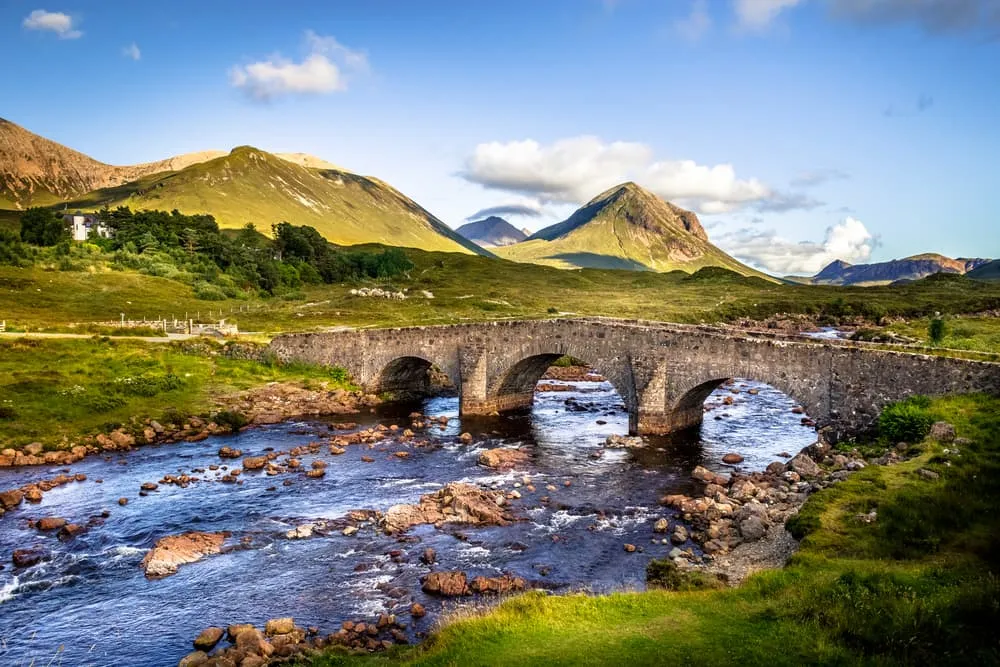
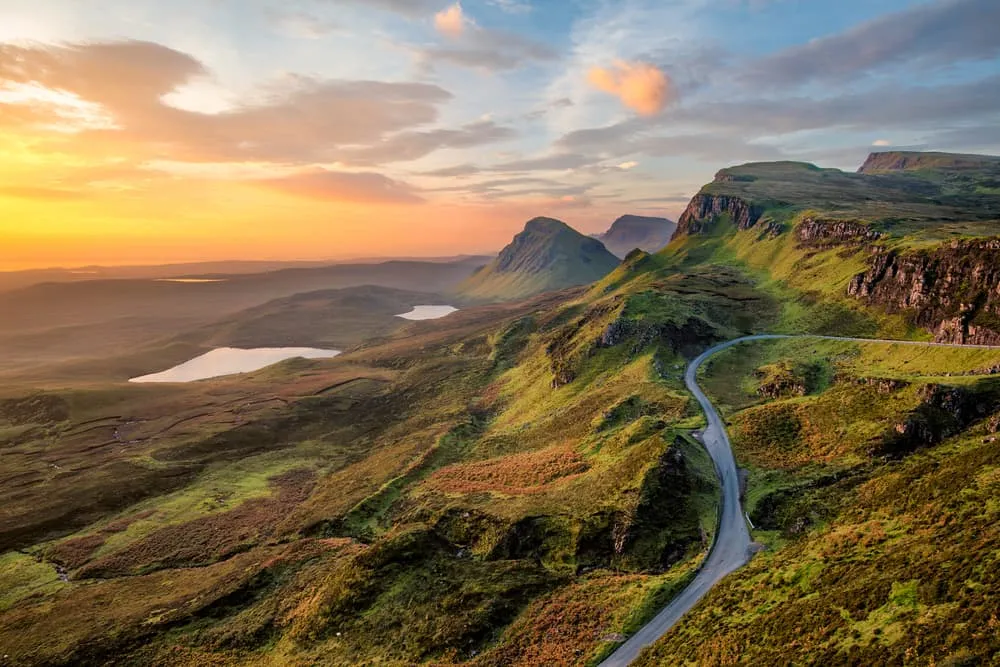
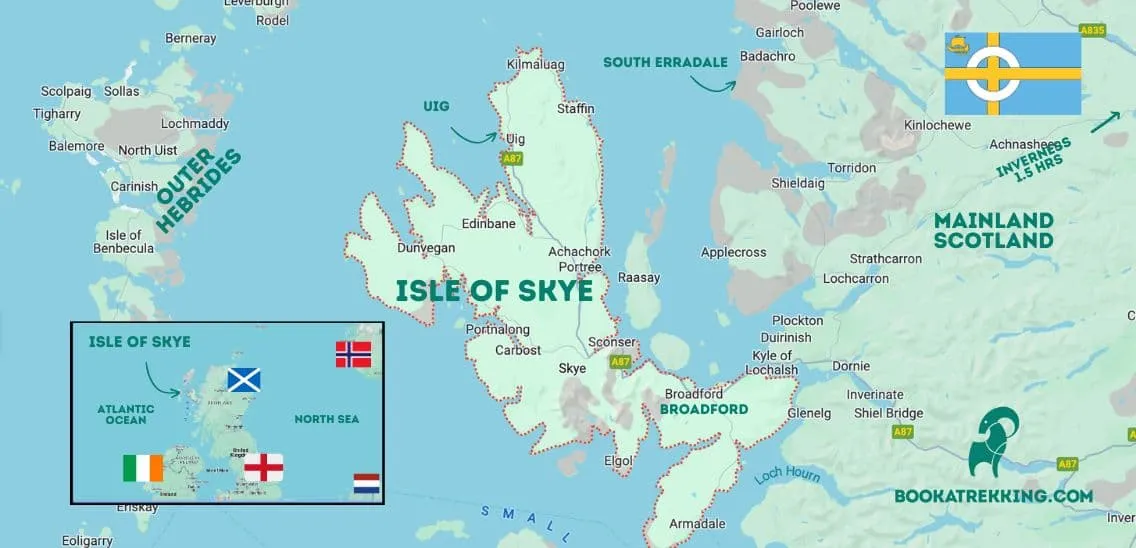
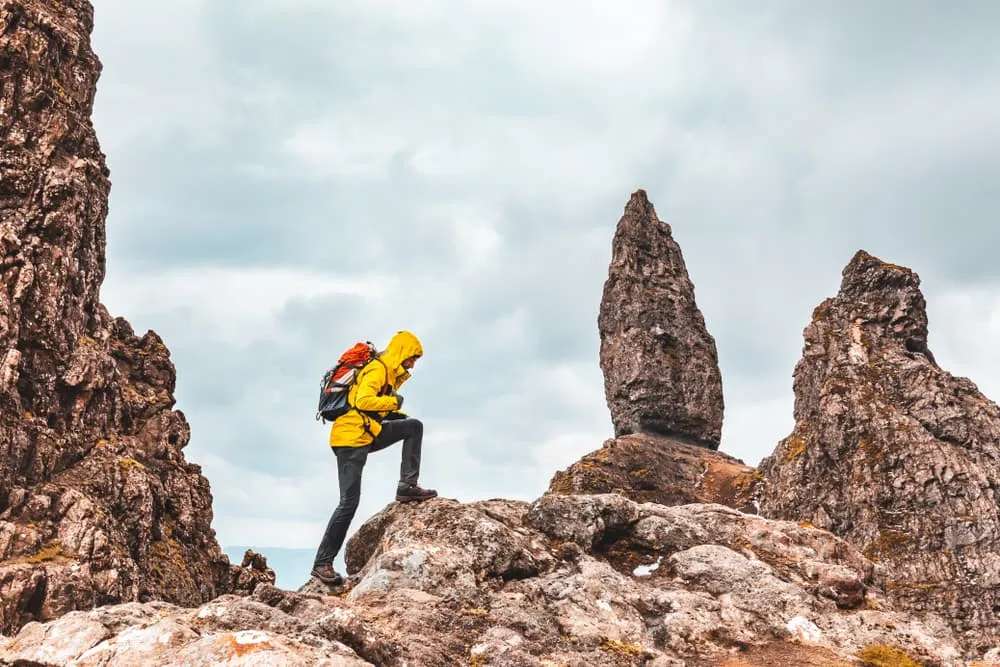

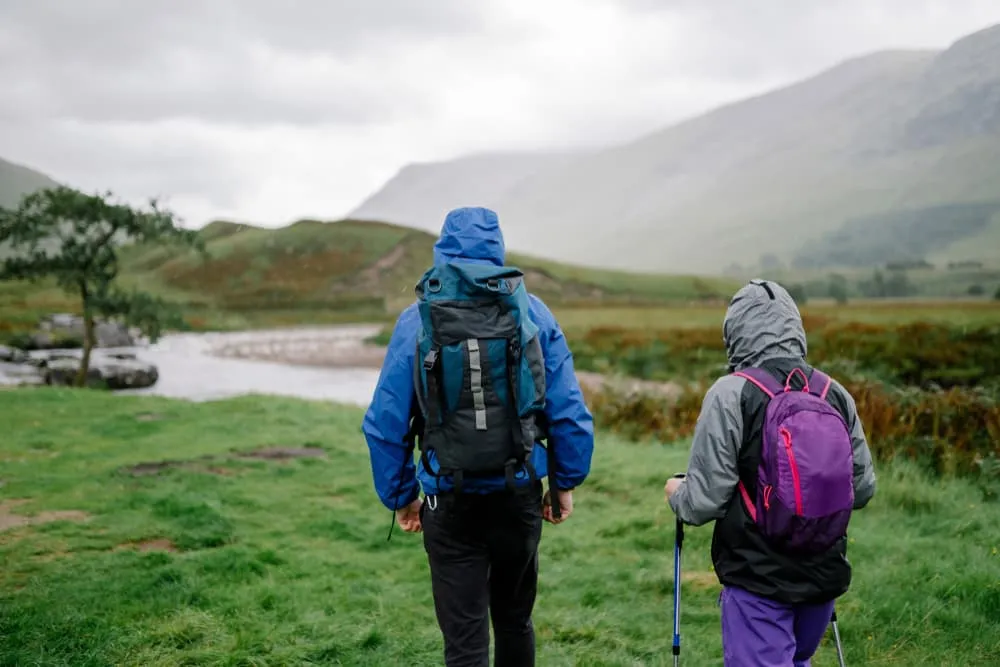
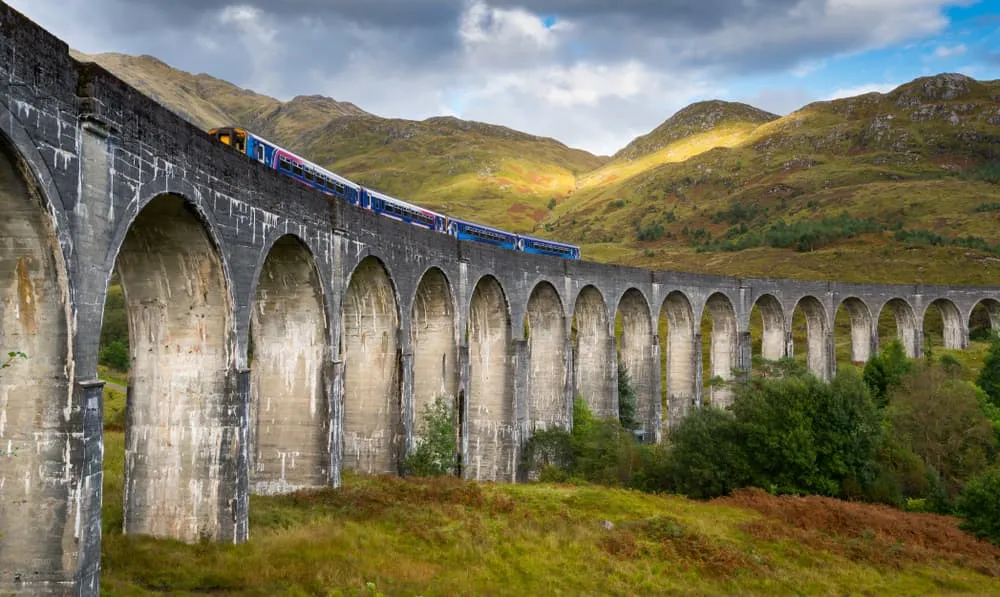
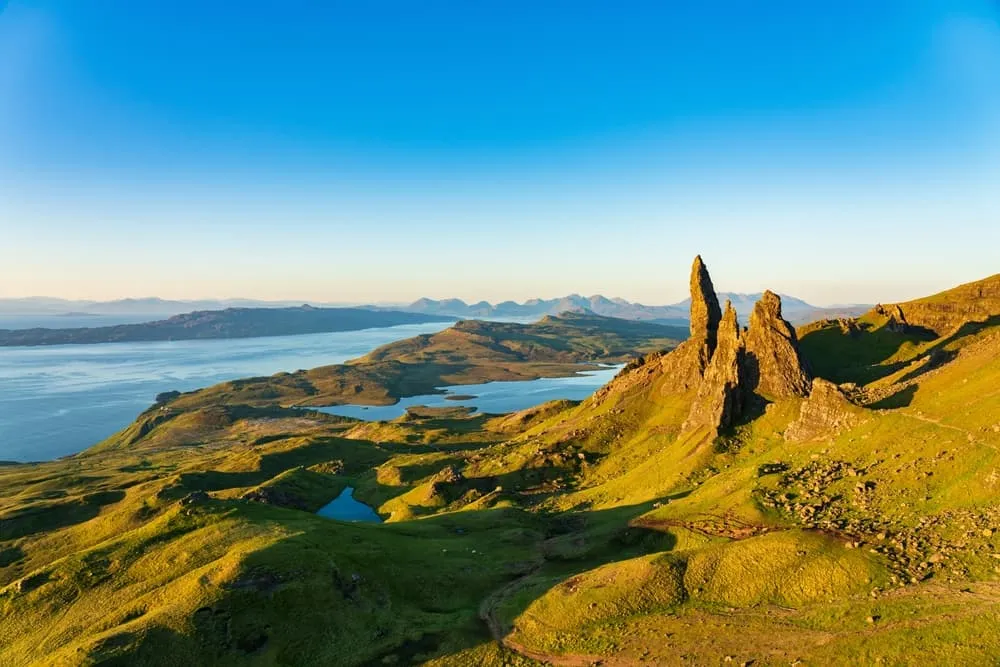
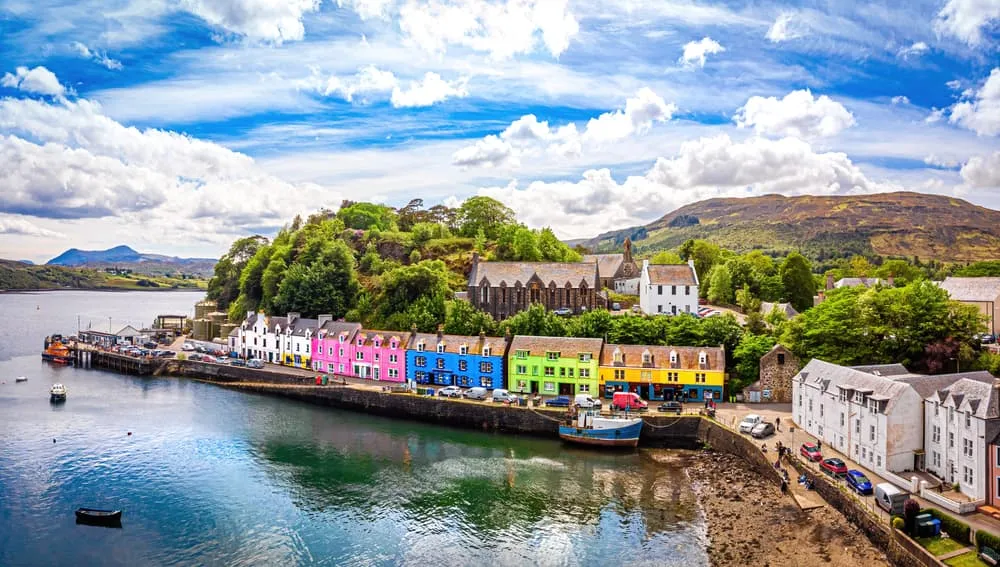


Comments